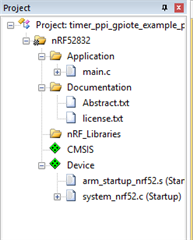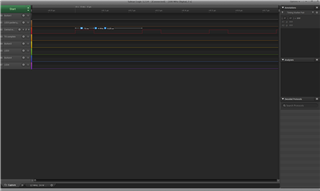So literally, I cannot trust what IAR is doing. Running version 8.22.1, it crashes every time I attempt to debug an nRF52832 device (SparkFun board).
I've already programmed in the S132 softdevice as part of the nRF5 SDK and then while attempting to load the Blinky App, things just end up going wrong.
Trying to put a simple piece of code in which waits for a button press before advertising just doesn't work - how do I know IAR is actually programming the device? It tells me it is but even the most basic code to detect a button press is not working. I know that the pins are mapped correctly (the BLE service tells me via a notify when the button is pressed).
This is so frustrating. What are the viable other options other than using IAR?





